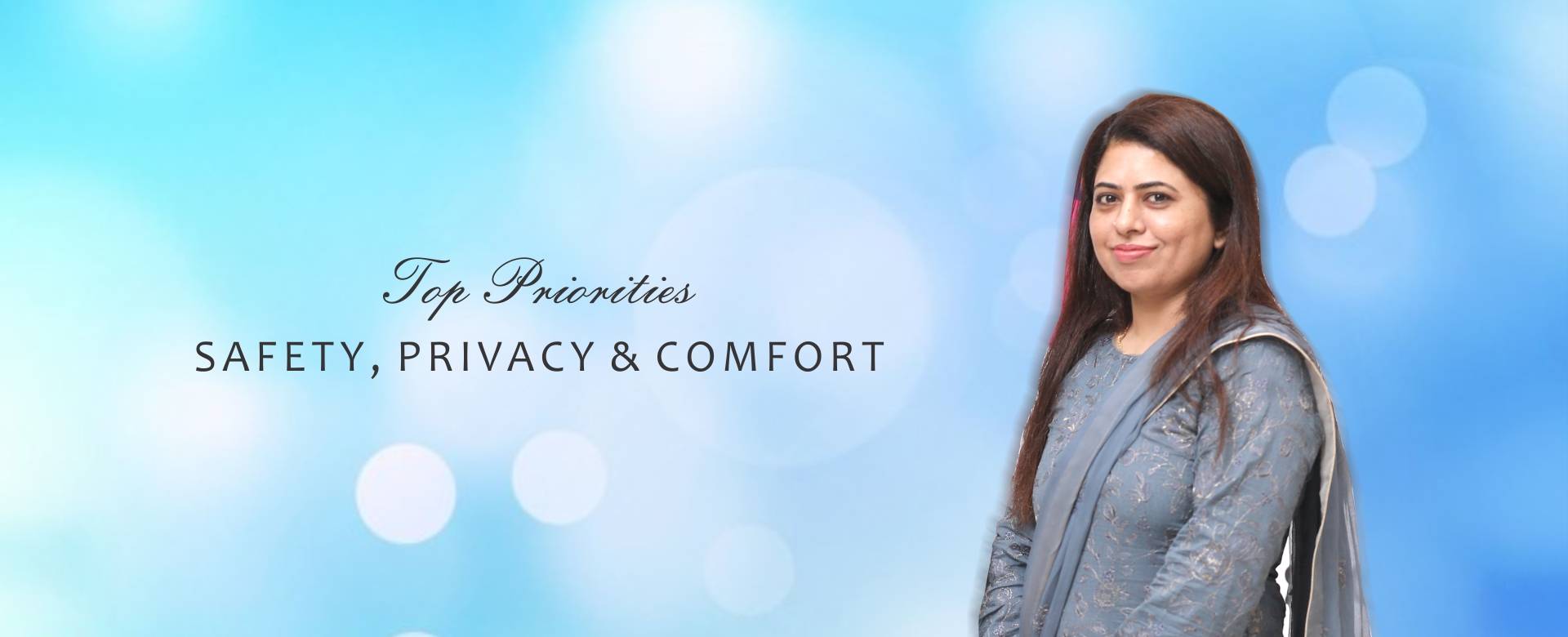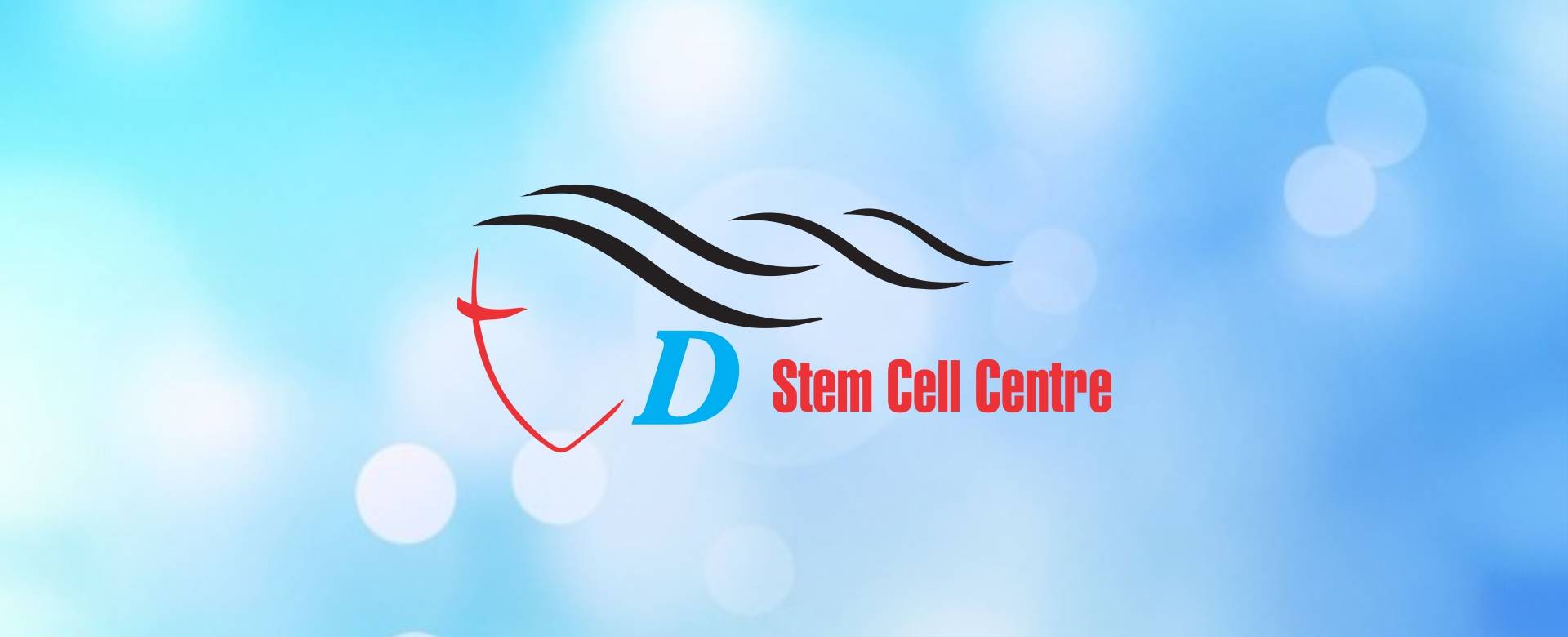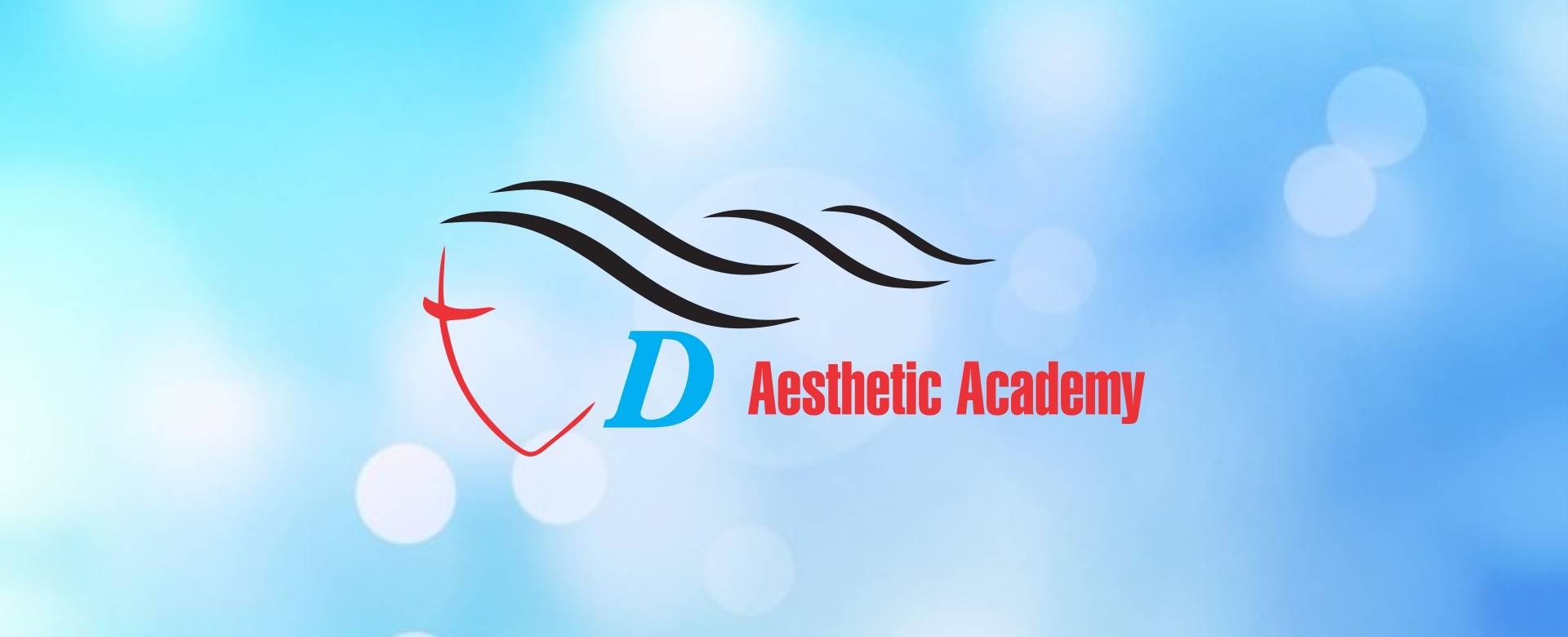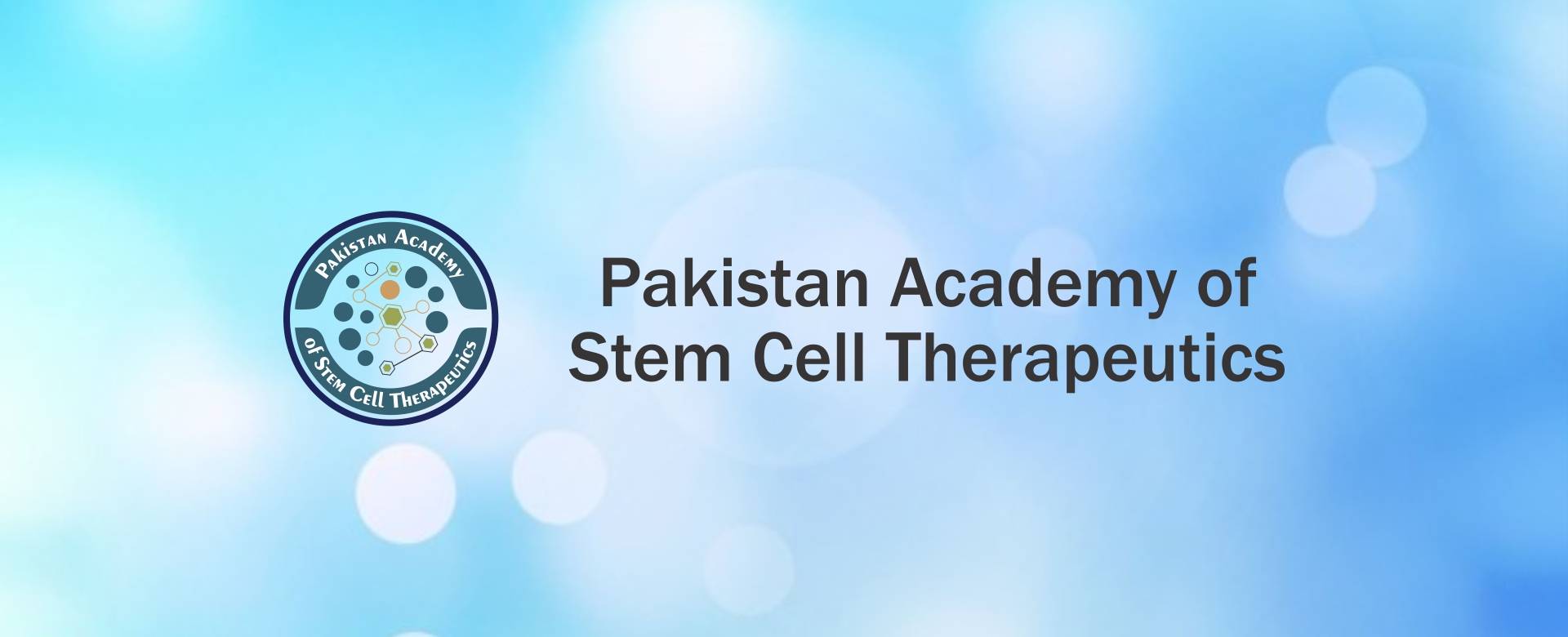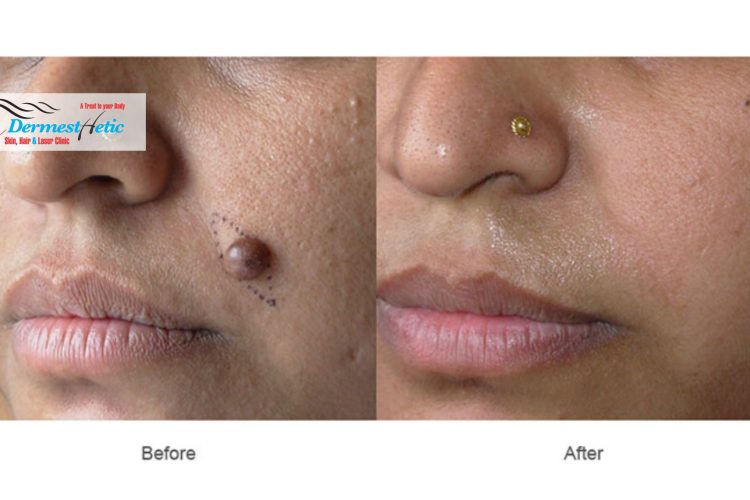Moles are common skin growths. Moles often appear in your childhood or teens and range in color from your natural skin tone to pink, brown or black. People with darker hair or skin tend to have darker moles than people with fairer hair or skin. Moles can be flat or raised from the surface of your skin. Your healthcare service provider might refer to your mole as a nevus (“nee-vis”) or a group of moles as nevi (“neev-eye”). Moles, particularly non-cancerous ones, can be easily removed with a minor surgical procedure. This type of mole removal can be done in an outpatient setting. Moles can be surgically removed, burned away or shaved off. There is a minor risk of infection, but side effects are generally minor. Most moles don’t require treatment. But you might want to have a mole removed if you’re unhappy with how it looks or feels. Talk with your Dermatologist if you’re concerned about a mole. Generally, moles are removed if your provider suspects they might be cancerous or for cosmetic reasons. We at DERMESTHETIC Lahore, Pakistan have experienced dermatologists and cosmetologists diagnosing and curing these problems.
CONSULTATION
Most moles are harmless, but your healthcare service provider might recommend removing a mole if it looks suspicious. Moles can also be removed for cosmetic reasons. Whether you have surgical excision or shaving to remove a mole, the procedure is quick and shouldn’t hurt once the area is numb. At DERMESTHETIC Lahore, Pakistan we are committed to providing patients with the most advanced and authentic treatment for Mole Removal in Pakistan. After the procedure, you may have stinging or burning around the area for a few days. In order to educate our patients in great detail about mole removal in general, it’s causes, it’s different symptoms and various treatment options available in the world, we provide a detailed information in this portion that the patients can educate themselves in befitting manner regarding their mole removal.
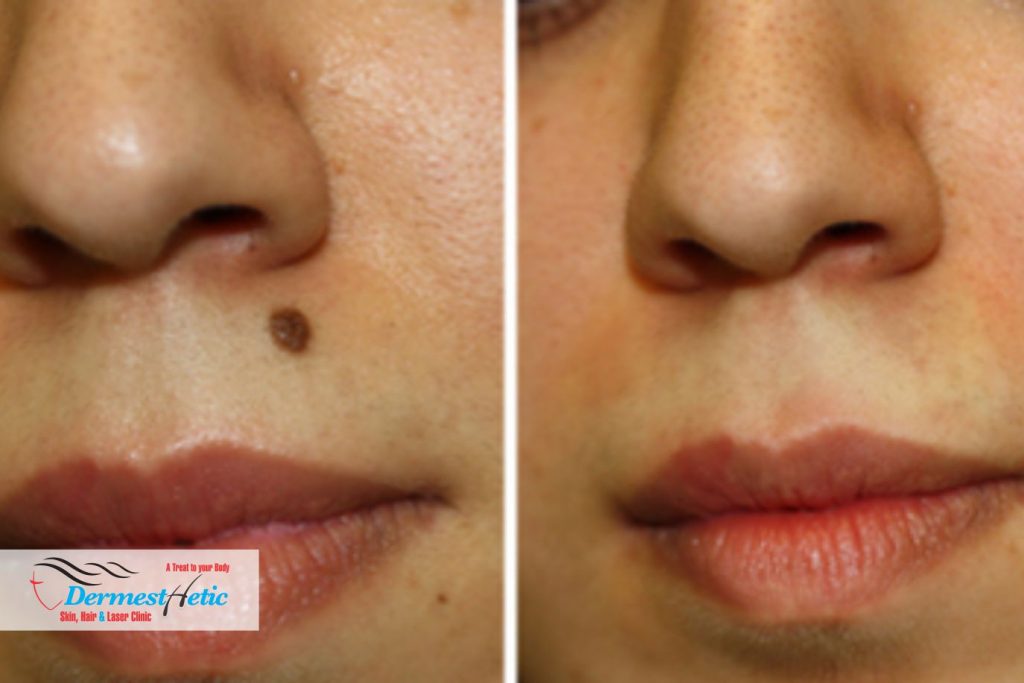
Although some healthcare providers have used lasers, electric current (cautery) or liquid nitrogen (cryotherapy) to remove moles in the past, these techniques aren’t usually recommended. Using these methods means there’s no sample of your mole to study in order to identify what sort of mole it is. Additionally, moles are more likely to come back (recur) following these treatments. Sometimes, benign moles that come back after nonsurgical removal can have features of skin cancer.
We at DERMESTHETIC have such expertise and knowledge and you may meet with our doctors who are rated as the BEST SKIN SPECIALISTS AND DERMATOLOGISTS IN LAHORE, PAKISTAN with special expertise in mole removal treatment.
CAUSES
It is triggered by DNA mutation (caused by UV radiation, usually from the sun) to the block-like basal cells located in the lower layer of the epidermis, which causes the cells to grow and change abnormally. If a common mole is removed completely, it should not grow back. However, some persons may experience the regrowth of a mole if some of the mole cells were left behind after the mole removal procedure. But a mole that grows back does not mean it is cancerous. To avoid regrowth, be sure to talk to your dermatologist/physician at DERMESTHETIC SKIN, HAIR & LASER CLINIC at Lahore, Pakistan.
Most moles are harmless and don’t need to be removed. But you should check your moles regularly and note any changes. Contact your healthcare provider if your mole:
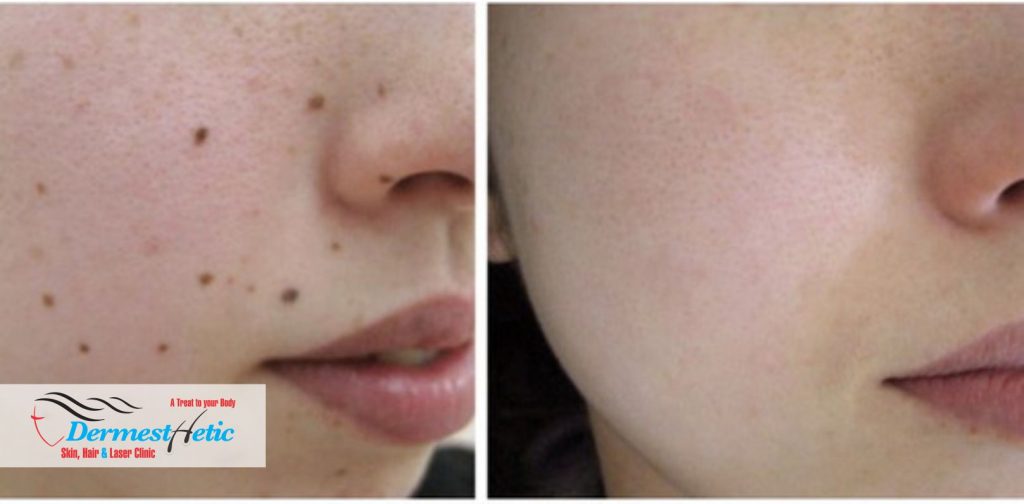
- Is painful or itchy.
- Has discharge or bleeds.
- Grows or changes shape.
- Has irregular sides (not the same shape all around).
- Appear after you’re 30 years old.
- You have bleeding that doesn’t stop.
- You notice signs of infection, like redness or pus.
- You’re unhappy with how it looks after it heals.
- The mole grows back
SYMPTOMS
It’s usually best to wait until the teenage years before looking into mole removal. At this age, your child can decide for themselves about whether to get a mole removed. They’ll also be better able to handle the procedure. And children who haven’t been protected from sun exposure tend to grow more moles.
- Stay out of the sun during peak times.
- Use sunscreen year-round.
- Wear protective clothing.
- Don’t use tanning lamps or beds.
We at DERMESTHETIC at Lahore, Pakistan has highly qualified Dermatologists/Cosmetologists who are expert in mole removal treatments and procedures. Without treatment, mole removal can cause low self-esteem, depression and anxiety. To avoid these possible outcomes, dermatologists recommend that people treat moles at an earliest.
TYPES OF MOLE REMOVAL
Types of Mole Removal include:
Junctional Nevus: Flat pigmented moles which are not protruding out of the surface of skin.
Compound Nevus: Pigmented moles which are protruding out of skin surface and also have deeper roots.
Intradermal Nevus: Moles that have deeper roots and have been present for many years.
We at DERMESTHETIC at Lahore, Pakistan have experienced dermatologists and cosmetologists treating the moles along with counselling on psychological issue which may crop up due to moles and properly advise the patients regarding the treatment.
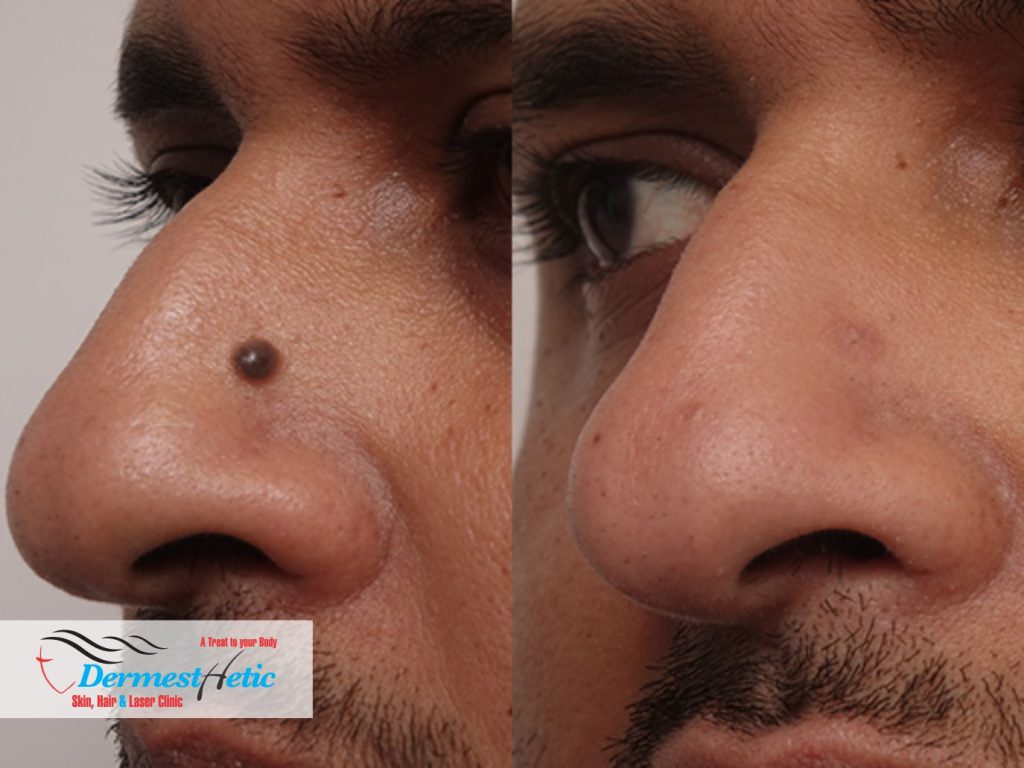
TREATMENT
Mole removal treats atypical moles anywhere on your face, neck, arms legs or torso. Your healthcare provider may recommend removal of an atypical mole so they can run a test (biopsy) to see if the growth is cancerous (malignant) or precancerous. And if your dermatologist is able to remove the mole and achieves good margins (the area around the mole), mole removal may serve as a curative treatment for skin cancer that hasn’t spread. Your healthcare provider may also remove a mole if you’re unhappy with its location or appearance.
Before a mole removal procedure, your healthcare provider inspects your skin. They may take pictures of your moles to compare against at a later date. They may also use a tool called a dermoscope to get a closer look at the mole and determine how to best remove it. Your healthcare provider will mark the areas on your skin to be removed. Then, they’ll clean the area. You’ll receive numbing medicine (anesthetic). This might be applied on your skin (topically) or you may get an injection at the surgical site. Sometimes, you’ll get both.
We at DERMESTHETIC at Lahore, Pakistan have experienced dermatologists and cosmetologists giving mole removal treatment and properly advise the patient regarding the treatment after making proper diagnosis. Mole removal doesn’t hurt at all. The mole removal procedure can take a few shapes or forms, depending on the mole itself and its location. However, even the more intensive technique will not hurt the patient at all.
Two main types of surgical procedures, amongst others, are used for mole removal:
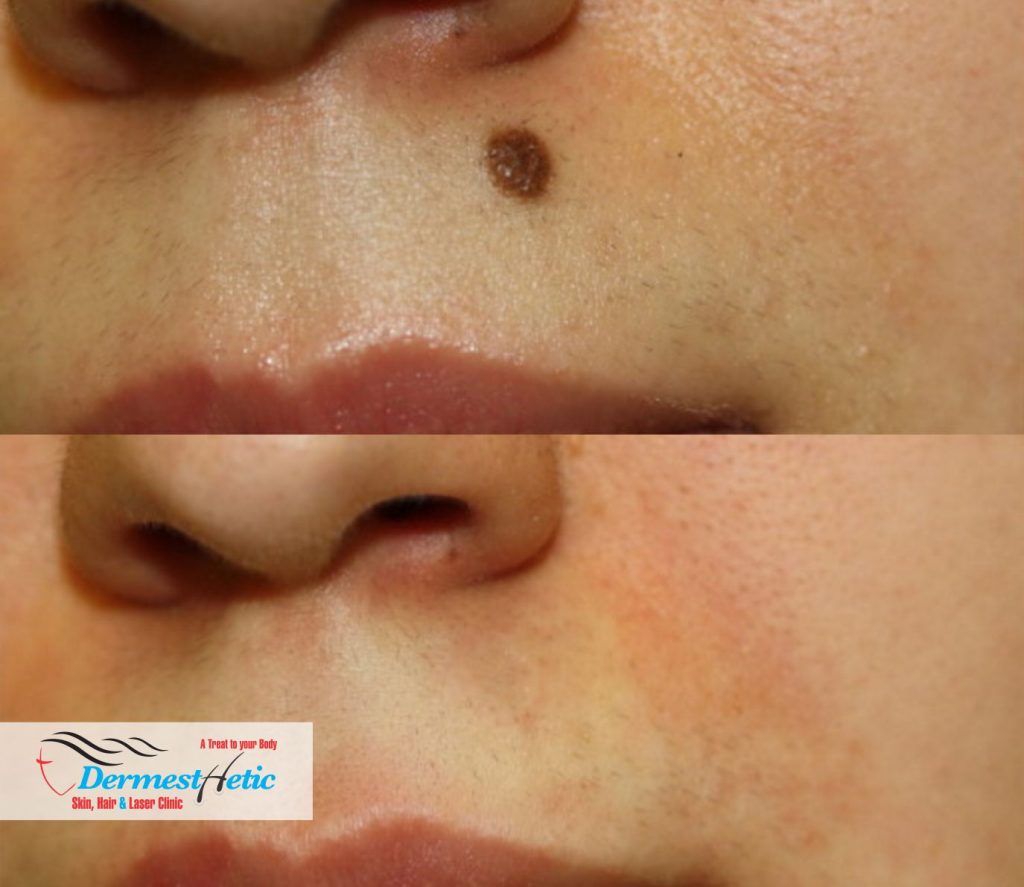
- Freezing. This procedure uses a small amount of liquid nitrogen to remove a noncancerous mole.
- Burning. This procedure uses an electric current to burn off the upper layers of a noncancerous mole.
- Shaving. This procedure involves using a surgical blade to shave the mole off the skin’s surface.
- Excision. This procedure goes deeper than shaving to excise the entire mole and stitch the skin back together. This type of removal is typically used if the mole is cancerous.
SIDE EFFECTS
When your dermatologist removes a mole in their office, it’s a low-risk procedure. But like all procedures, there are some risks. Risks of mole removal procedures include:
- Bleeding.
- Scars (that may or may not be noticeable).
- Infection.
- Nerve damage.
- The mole may come back (recur).
DR. BUSHRA BASHIR
M.B;B.S, FCPS (DERMATOLOGY)
FELLOWSHIP DIPLOMA IN FACIAL AESTHETIC (USA)
ASSOCIATE PROFESSOR (AIMC)
STEM CELLS EXPERT
MEMBER AMERICAN BOARD OF REGENERATIVE MEDICINE
CONSULTANT DERMATOLOGIST & COSMETOLOGIST
Skin, Hair & Laser Specialist
Cell: 00 92 332 444 7284, 042-378 26375
contact@dermesthetic-clinic.com
Plaza No. 34, Ground Floor, Umer Block Commercial, Sector-B
Bahria Town, Lahore, Pakistan.

